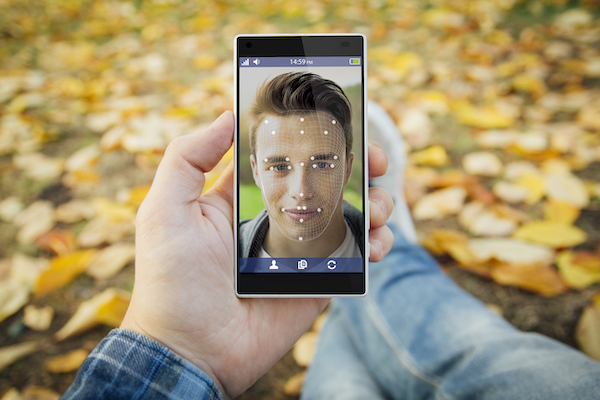In 2022, an estimated half of all smartphones will have onboard facial recognition technology. People can use this technology for various purposes, including unlocking their devices, logging into apps, and making payments. But how does it work?
How Does Facial Recognition Work?
There are a few critical working parts of facial recognition:
- The custom lens captures an image of the user’s face. This high-tech lens is necessary to get a clear picture of the user’s face, even in low-light conditions.
- The processor converts this image into a 3D model. This 3D model creates a map of the user’s facial features.
- The software compares this map to a database of known faces.
This image gets processed by an algorithm that compares it to a database of other faces. If there is a match, the user is permitted access.
If there is no match, the user gets denied access, and the system will prompt for another method of authentication, such as a password or passcode. In addition, facial recognition can integrate with other biometrics, such as fingerprint scanners.
Facial Recognition Changes Authentication
These days, most people can’t go far into the day without getting prompted for a password or passcode. Whether logging into your computer at work or unlocking your smartphone, we’ve become accustomed to this authentication. But with the advent of facial recognition, this is all changing.
Facial recognition is changing the authentication landscape because it’s more secure than a password or passcode. That’s because anyone can steal a password or passcode while your face cannot. In addition, facial recognition is more convenient than a password or passcode. You don’t have to remember anything – look at the camera.
Facial recognition is also changing the way we interact with devices. With this technology, there’s no need to touch your device to unlock it. Instead, you can hold it up to your face, and the device will recognize you and unlock itself.
Increase Security
Facial recognition can be a helpful tool to ensure that no unauthorized personnel can access a particular area. For example, you could use lenses for facial recognition to grant access to a secure place in an office building. In this scenario, only people with authorized access would be allowed into the protected area. This extra level of security helps prevent data breaches and other security threats.
In more complex configurations, lenses for facial recognition cameras and software can scan a crowd of people and identify individuals on a watch list. People can use this technology in airports, stadiums, and other public places for added safety.
Homeowners can use facial recognition to increase security in the home. For example, you could use facial recognition to unlock your front door so that you can grant access to your home only to people you trust.
Make Payments
Facial recognition can play a role in making payments. This feat is possible because the technology can get linked to your bank account. When you want to make a payment, users look at the camera, and the payment will be processed.
This payment is convenient because you don’t have to carry cash, a credit card, or even your phone. Since you don’t have to worry about dropping or losing your mobile phone or currency, forgetting your credit card, or having your credit card information stolen.
What’s Next for Facial Recognition?
Facial recognition is still in its infancy, but it’s evolving quickly. The accuracy of this technology is increasing as more data is collected. In addition, the use cases for facial recognition are expanding.
We’re already seeing facial recognition used in several different ways, such as:
- Unlocking smartphones
- Logging into apps
- Making payments
- Accessing buildings
- Boarding airplanes
As more big-box retailers move to streamline their operations, many of the cameras in self-checkout counters are getting an upgrade. With facial recognition, shoppers can quickly and easily scan their items and make a payment without interacting with a human being.
Facial recognition helps to target ads. For example, advertisers can use this technology to track people’s eye movements, determine where the readers’ eyes go when they’re on a website page, and display a targeted advertisement based on the information.
Facial Recognition is the Future
Facial recognition is changing the way we live and work. This technology is becoming more commonplace and will only become more popular in the years to come as the applications for use become more diverse.